A Mamluk fighting on his horse,
watercolor and ink on paper
35 x 26 cm
Framed 54 x 44 cm (vintage frame, the mount and the back have bee changed)
The first indication about attribution was given by the name indicated on the vintage frame with what could look as a mistake about the date of death of the artist, if the exact date of Francesco Casanova'death was not known with certainty. It's estimated he died at the beginning of the 19th century, Maybe in 1803, 1805 or as late as 1807.
The style and execution are really close to the artist's known compositions, the way he draws the horse for example.
Francesco Giuseppe Casanova was an Italian painter who specialised in battle scenes. His older brother was Giacomo Casanova, the famous adventurer, and his younger brother was Giovanni Casanova; also a well-known painter.
He was born in London, and returned to Venice when he was still young,upon his brother Giovanni's advice, he went to Paris and became an apprentice of Charles Parrocel.
As a result of favourable criticism from Denis Diderot, he began to receive commissions from the aristocracy. His fame soon spread eastward and he received commissions from Catherine the Great for the Hermitage, beginning in 1768. Two years later, he produced his four famous "disaster paintings", which were purchased by Jean-Benjamin de la Borde on behalf of King Louis XV.
Despite his success and his many aristocratic clients, he squandered his money, was perpetually in debt, and died in poverty at his home near Mödling. The year is generally given as 1803, although some sources have 1805 or 1807.
The subject is also very interesting: this watercolor depicts a Mamluk, a term most commonly referring to non-Arab slave-soldiers and freed slaves to which were assigned military and administrative duties, serving the ruling Arab dynasties in the Muslim world.
They are better known to have fought against Napoleon Bonaparte in Egypt, approximately at the time this artwork was painted. Napoleon later formed his own Mamluk corps, the last known Mamluk force, in the early years of the 19th century, and used Mamluks in a number of his campaigns. Napoleon's famous bodyguard Roustam Raza was also a Mamluk who had been sold in Egypt.
We can easily recognize the oriental uniform of the cavalier with his characterisitic hat.





















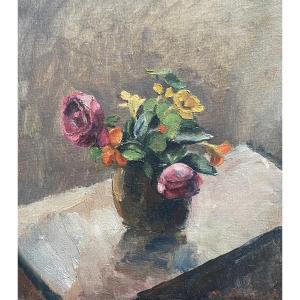
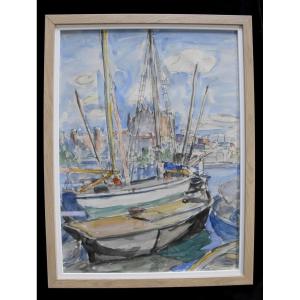


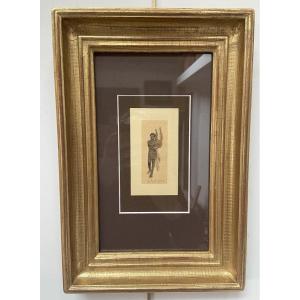



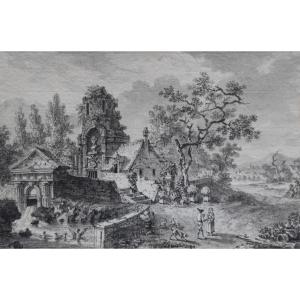
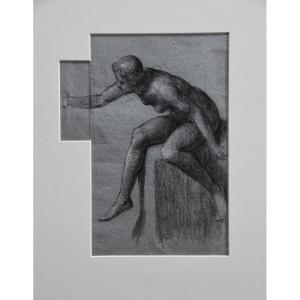





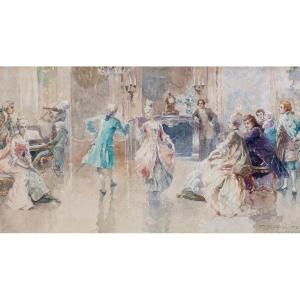
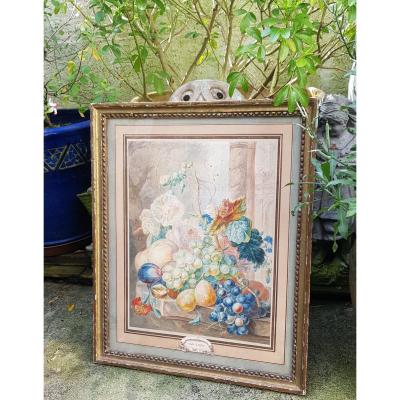





 Le Magazine de PROANTIC
Le Magazine de PROANTIC TRÉSORS Magazine
TRÉSORS Magazine Rivista Artiquariato
Rivista Artiquariato